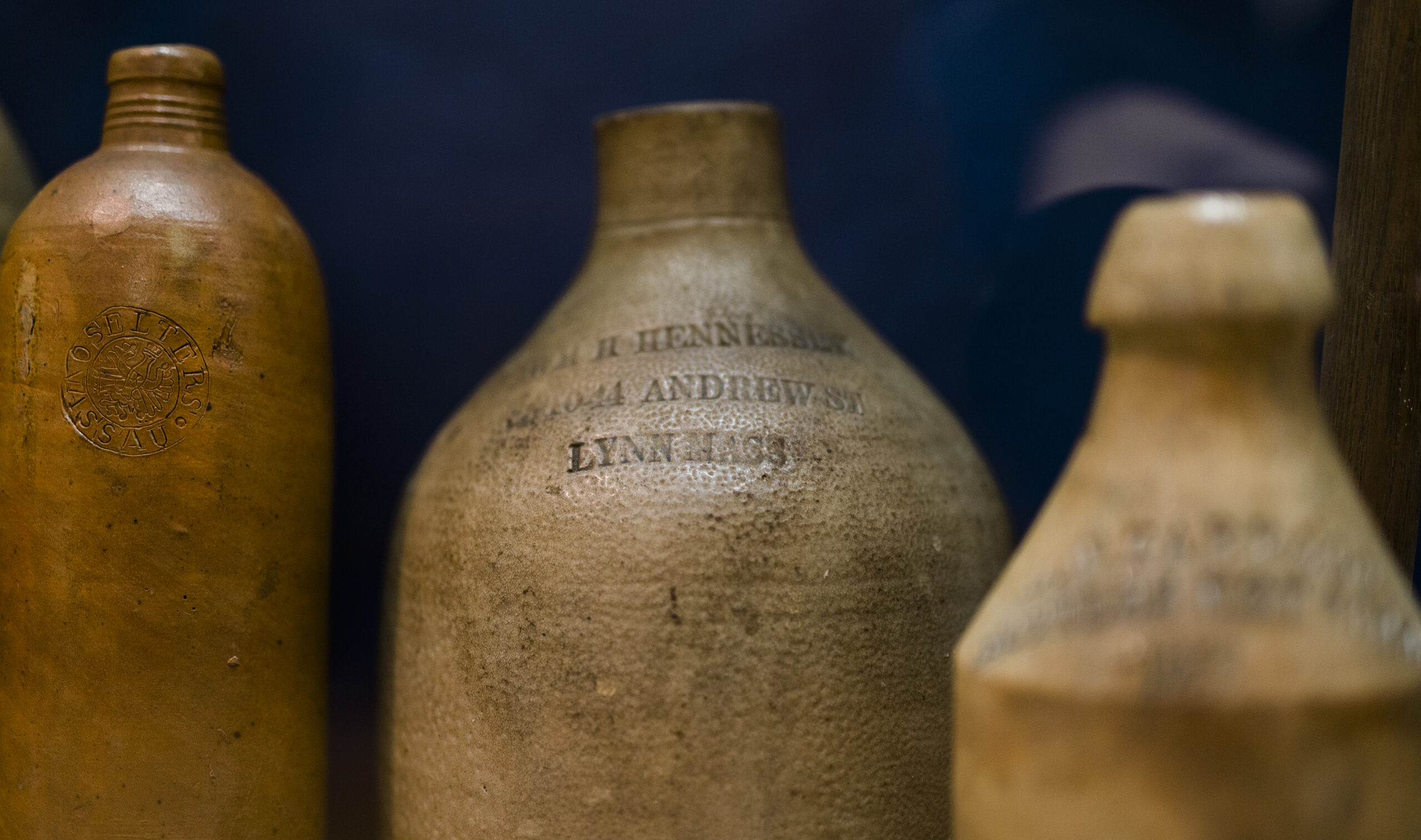Today we’re going back to 1904, when mental health treatment looked vastly different from how it does today. According to research done by the University of Toledo, mental health treatment was “nearly non-existent” at that time.
But if you lived in Marblehead at that time, you could treat mental illness with pottery thanks to Herbert Hall.
“He was a medical doctor, and he specialized in nervous disorders,” Pam Peterson, chair of the Marblehead Historical Commission, said. “He established a sanitarium in Marblehead.”
Hall treated his patients with occupational therapy, which Peterson said was “a very revolutionary concept” in 1904. Included in his treatment were activities involving art including weaving, leather working, and pottery.
“After a little while, he hired a professional potter to come and run the pottery,” Peretson said. “It was when he hired him that they began to develop what really became known as Marblehead pottery, which is very distinctive.”
The man behind Marblehead pottery was Arthur Baggs, who was a student at Alfred University at the time.
Eventually, the patients could no longer do the pottery because the designs had become too complicated.
“So it became a commercial enterprise,” Peterson said. “For a long time, it actually initially did raise some money for the sanitarium, but then it became sort of a separate business and it went on to be quite successful. It was an early example of a mail order business that was very successful.”
Some of the pieces were not decorated and could be inexpensive, she said. Smaller ones would sell for 50 cents or a dollar – although that was worth a lot more in those days.
“They did more decorated pieces, those are the ones that have gotten very high in value prices in auctions in the last 25 years or so,” Peretson said. “So they’re much more distinctive, they’re larger, and they are decorated with glaze decorations, but also sometimes they’re scored.”
Catalogs for the pottery were made as well. Pictures of them can be found on marbleheadpottery.net.
“Marblehead Pottery has always been distinguished for the simplicity and restraints of its forms,” a catalog from the period read. “Its designs have tried to avoid the bizarre both in form and decoration. The shapes are by no means commonplace but their distinctive style is attained through subtle refinement of line rather than by attempting the strikingly unusual.”
Commissions started coming in as the company grew. One big commission Marblehead Pottery had was in 1922, when the tomb of Pharoah Tutankhamun – better known as King Tut – was excavated in Egypt. Interest around “everything that was Egyptian” had grown.
One of the many items taken from the tomb, Peterson said, were small perfume vials. Tiffany’s was commissioned to reproduce the perfume bottles to sell them.
“So they took that contract, and then hired Marblehead pottery to make the little perfume bottles,” Peterson said.
The business was not spared by the Great Depression, and economic troubles forced it to close in 1936.
Today, Marblehead Pottery pieces are considered collectables and are auctioned on sites such as eBay. The Historical Commission, Marblehead Museum, and Abbot Hall all have pieces on display. Peterson said that the pieces made for Tiffany’s can be found at the Historical Commission.
“The Marblehead Museum has a wonderful one with flying geese that’s a charming light gray, with kind of a band of flying geese,” Peterson said.
Those that are decorated are among her favorites.
“There’s a nice little quote from one of the Marblehead Pottery catalogs, where it talks about how the colors reflect the beach and the stones and the colors that you would see walking around the little, winding streets of Marblehead,” Peterson said.

